- The future of Tesla will be its humanoid robots, according to CEO Elon Musk. On Monday, the world’s richest man wrote on social media that about 80% of Tesla’s value would eventually come from its autonomous Optimus bots. Tesla on Monday also released its “Master Plan Part IV,” which put increased emphasis on physical AI.
Elon Musk’s lofty vision for Tesla includes less attention on electric vehicles and a doubling-down on its autonomous robots, even as production for the bots have hit numerous snags.
The Tesla CEO said on Monday 80% of Tesla’s value would someday come from Optimus robots, the humanoid bot Musk’s company introduced in 2021 intended to eliminate dangerous and menial factory tasks. Musk’s forecast of the bots’ success came shortly after Tesla revealed its “Master Plan Part IV” on Monday, outlining Tesla’s goals for the future.
“This next chapter in Tesla’s story will help create a world we’ve only just begun to imagine and will do so at a scale that we have yet to see,” the plan said. “We are building the products and services that bring AI into the physical world.”
Investments in adding embedded intelligence to specialized bots has been top of mind for tech leaders. Nvidia CEO Jensen Huang has similarly singled out “physical AI” as the final iteration of AI’s four-part evolution, recently introducing a $3,499 developer kit for robot “brains” that begins shipping this month. Musk’s emphasis on Optimus robots as the future of Tesla is signalling a similar agenda, according to one analyst.
“Elon is not alone in seeing the big future of robotics and physical AI,” Kevin Cook, senior stock strategist at Zacks Investment Research, told Fortune. “He’s been obviously training his Tesla cars for 15 years with AI systems, and so it’s only natural for him to move into other autonomous machines.”
Shifting gears has not been easy for Tesla. The Optimus robots were initially greeted with skepticism from analysts and have continued to encounter obstacles. At the beginning of the year, Musk predicted Tesla would manufacture thousands of Optimus bots in 2025 and said the project could generate more than $10 trillion in revenue in the long-term. In April, however, Musk told investors production of the machines was hobbled by President Donald Trump’s trade disputes with China, which hardened export controls on rare-earth materials necessary to build the motors inside Tesla’s bots. Milan Kovac, who oversaw Tesla’s Optimus development, stepped down from his role in June.
Tesla’s increased focus on growing the company outside its EV production comes as car sales continue to plummet, with deliveries in the European Union plunging 40% in July. The company reported a 13% global sales decline in the first half of 2025, on pace for a second consecutive year of dwindling sales.
Tesla did not respond to Fortune’s request for comment.
Optimus’ growing robot competition
While Tesla has yet to deliver on the promises of its Optimus project, the sector of humanoid robots has become increasingly crowded. Morgan Stanley research predicted in May the humanoid market would reach $5 trillion by 2050, with the possibility of 1 billion bots being in use in a quarter century’s time. Figure AI, an American humanoid-robot company, has raised more than $700 since its 2022 founding, including from Jeff Bezos’s Bezos Expeditions investment firm, Intel Capital, Microsoft, and Nvidia. In February, Reuters reported the startup’s potential $1.5 billion funding round would put it at a valuation near $40 billion. The California-based K-Scale Labs has developed a bot priced at $9,000 per unit, less than half of Optimus’ projected starting price.
“[Musk] has got so much competition now with robots,” Cook said. “There are dozens and dozens of small startups doing this for cheaper and open source—and then big players too, like Figure—so he’s got his work cut out for him.”
There’s even more competition overseas. According to an August report from HSBC Qianhai, China’s industrial robot sales have nearly doubled from 2017 to 2024, from 150,000 to about 300,000 units. China also emphasized open-source development that could help it garner good will in the sector and make production cheaper.
“As one of the most advanced and high-profile humanoid robot makers, Tesla’s production guidance was taken by the market as a benchmark for understanding how much progress is being made to manufacture humanoid robots at scale,” the HSBC report said. “Still, we believe the market might have overlooked progress made by Chinese humanoid robot suppliers, where commercialisation is speeding up compared to overseas peers.”
This story was originally featured on Fortune.com

 1 day ago
1
1 day ago
1

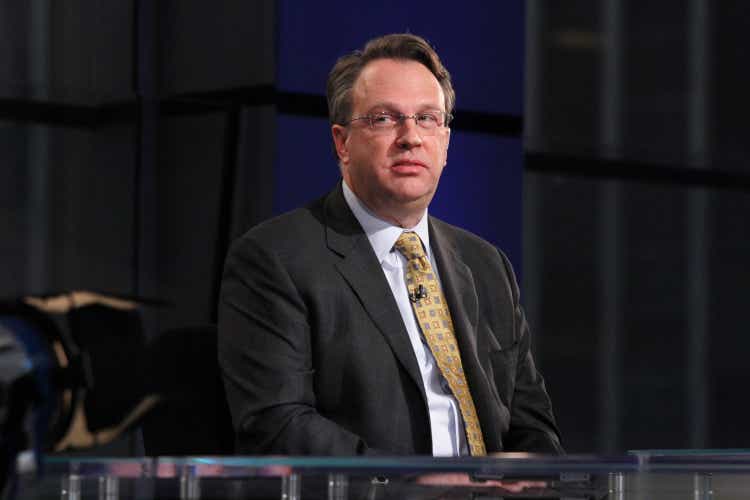
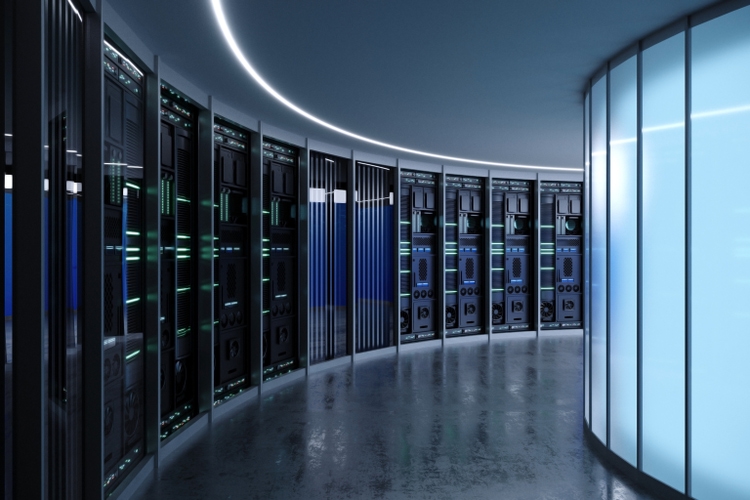
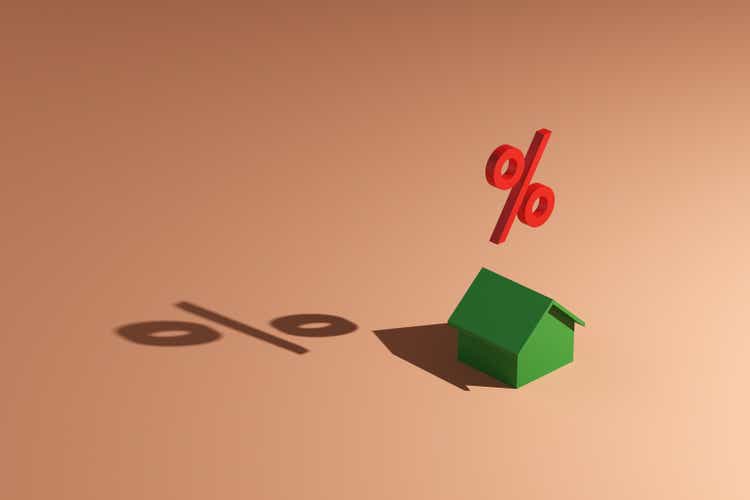
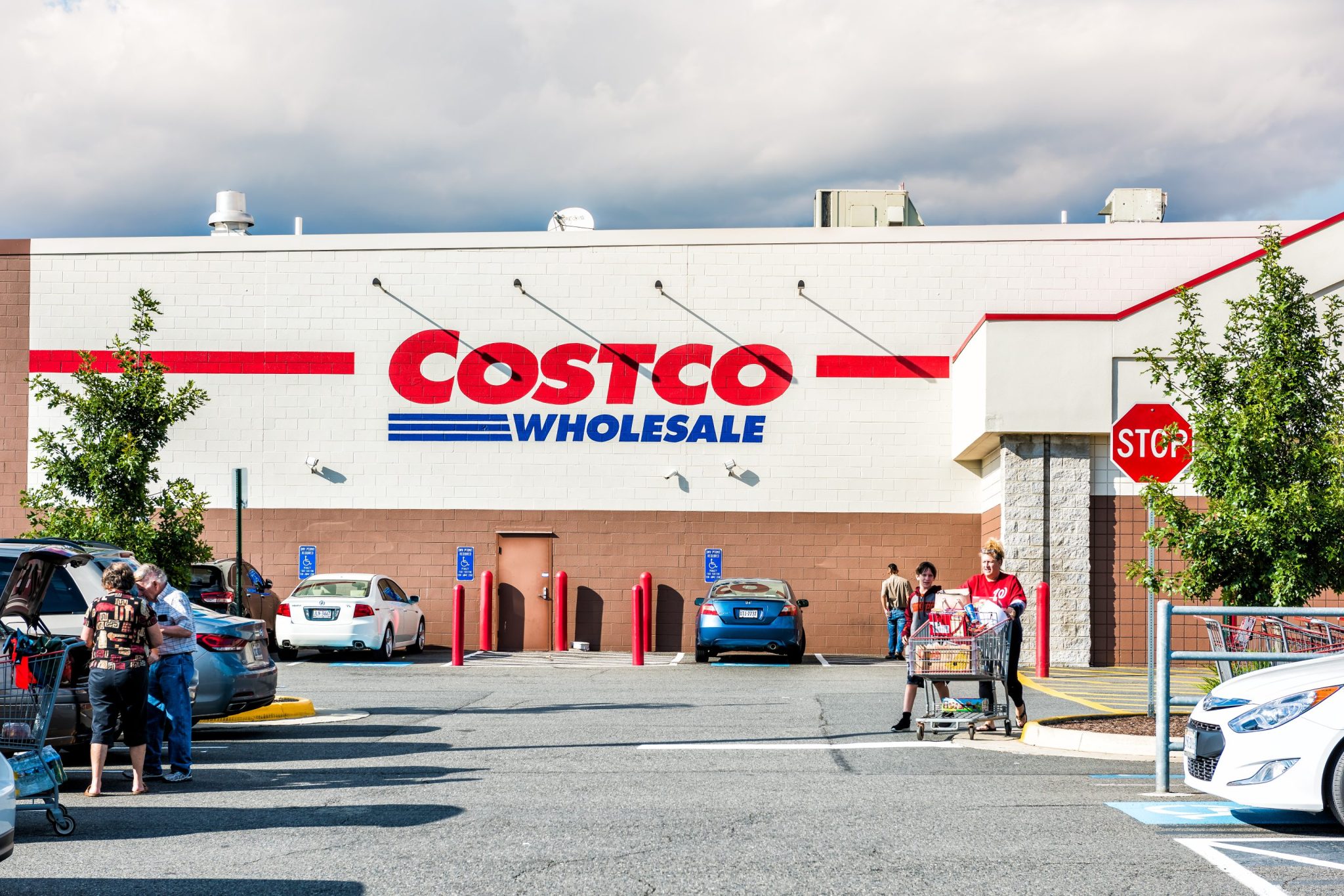
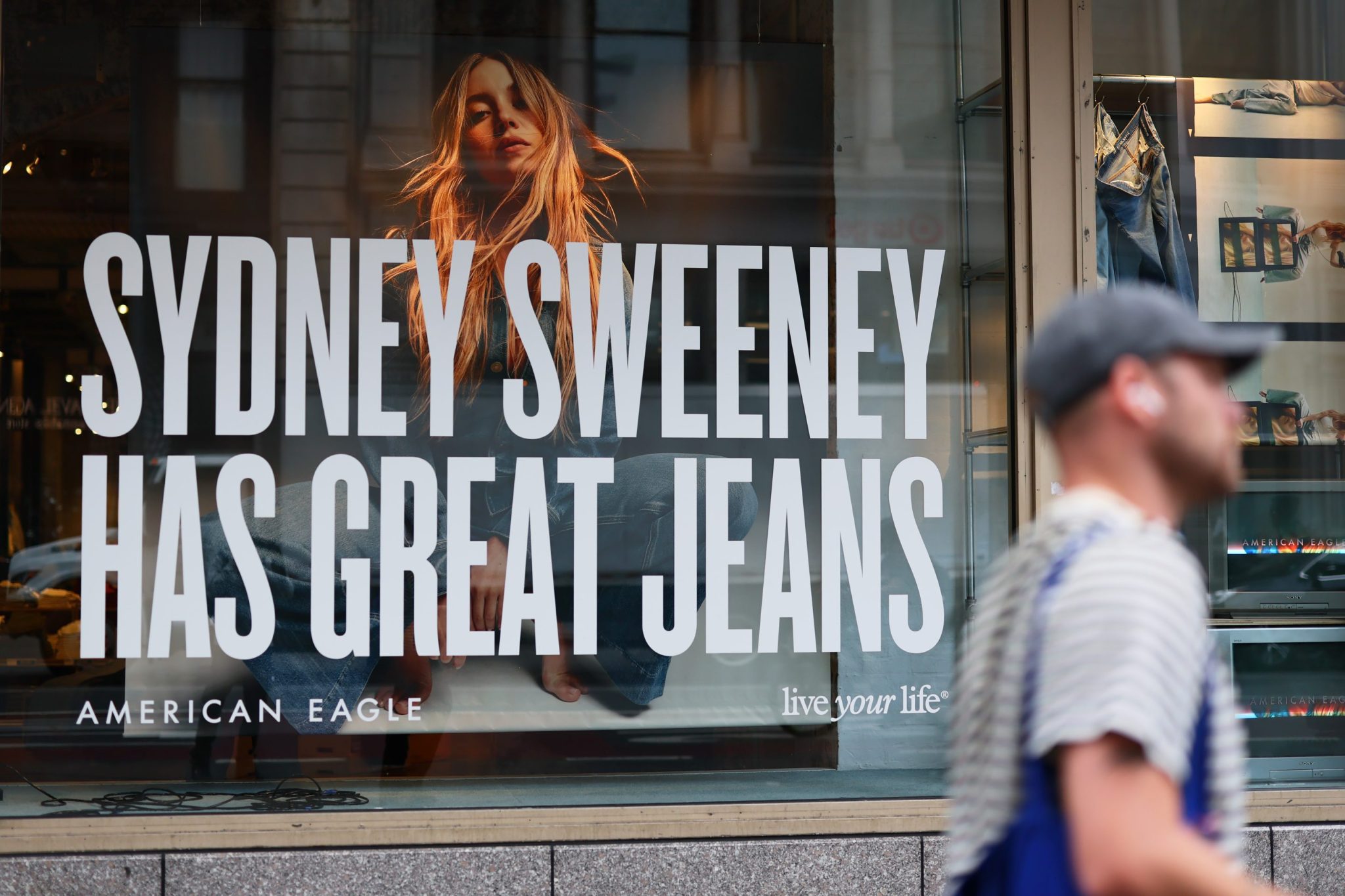
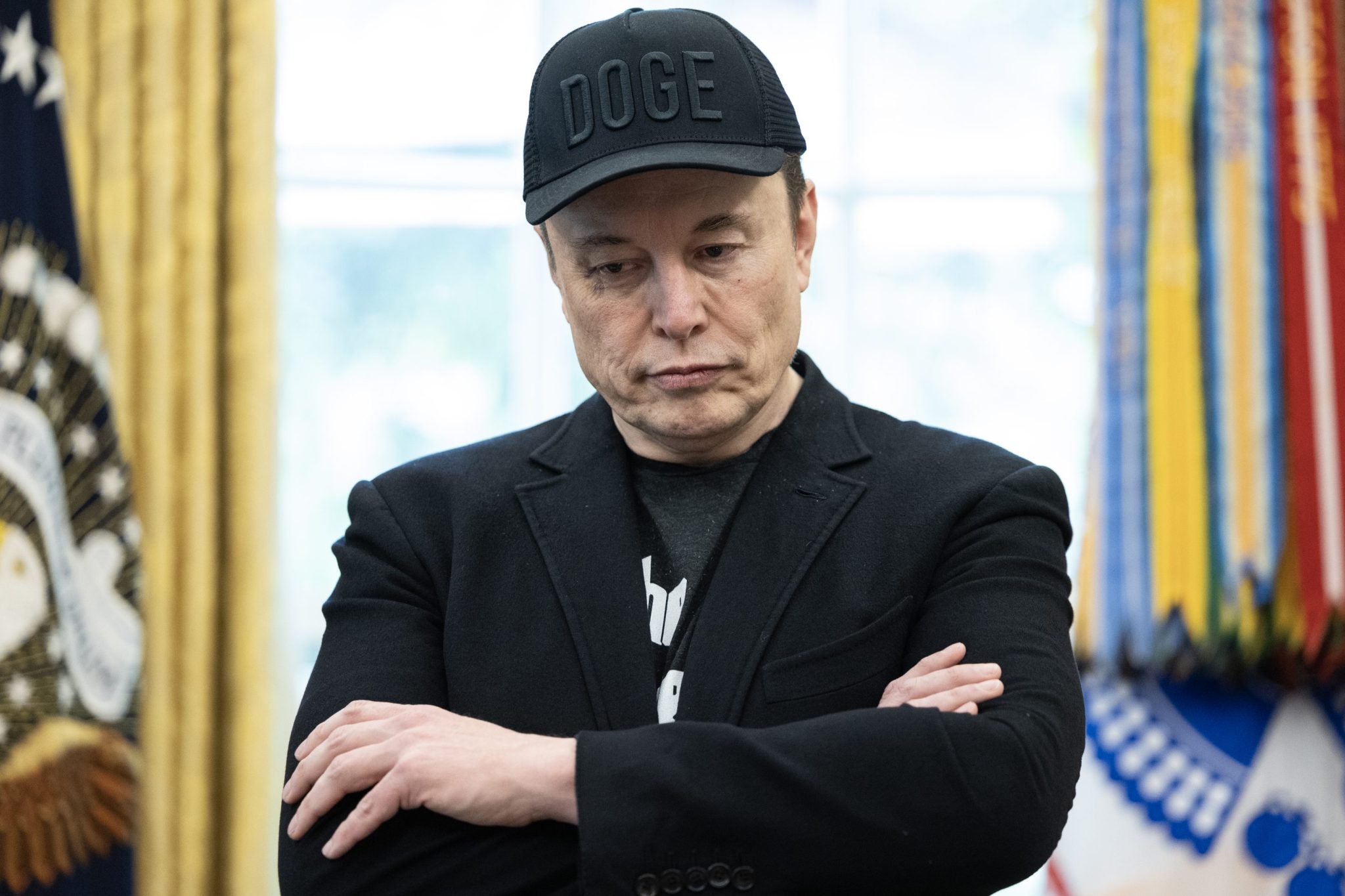
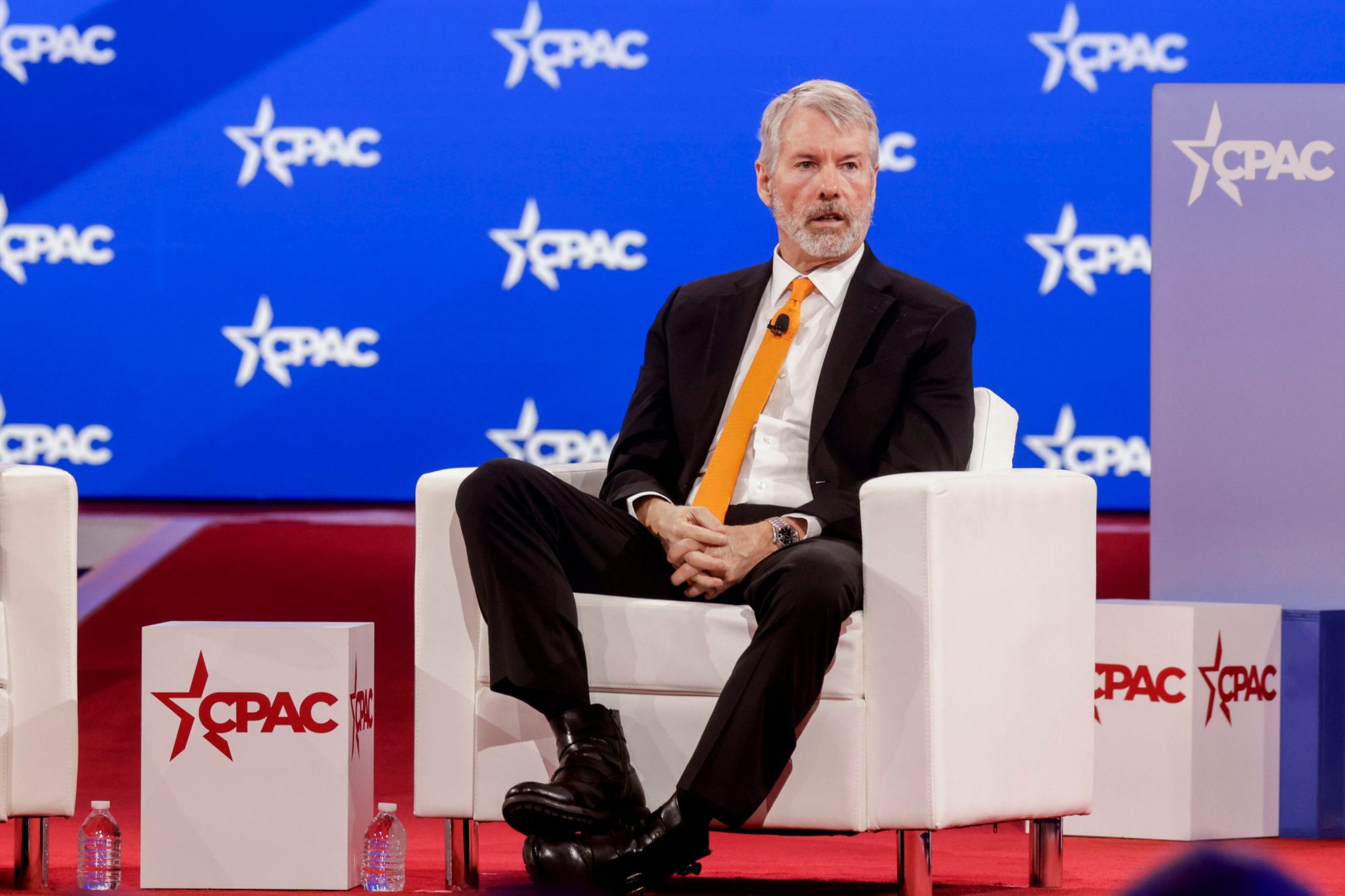


 English (US) ·
English (US) ·